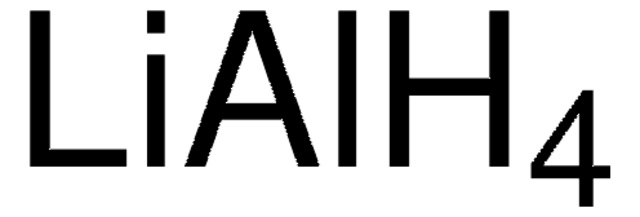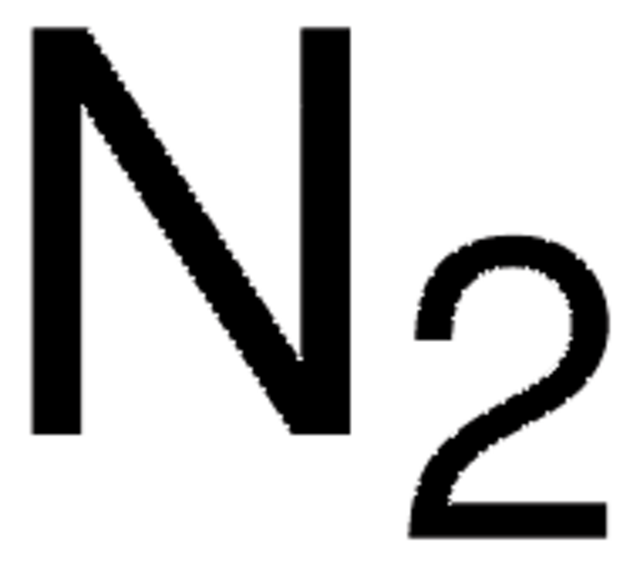268461
Gold
foil, thickness 0.025 mm, 99.99% trace metals basis
Sign Into View Organizational & Contract Pricing
All Photos(1)
About This Item
Empirical Formula (Hill Notation):
Au
CAS Number:
Molecular Weight:
196.97
EC Number:
MDL number:
UNSPSC Code:
12352300
PubChem Substance ID:
NACRES:
NA.23
Recommended Products
Quality Level
assay
99.99% trace metals basis
form
foil
resistivity
2.05 μΩ-cm, 0°C
thickness
0.025 mm
bp
2808 °C (lit.)
mp
1063 °C (lit.)
density
19.3 g/mL at 25 °C (lit.)
SMILES string
[Au]
InChI
1S/Au
InChI key
PCHJSUWPFVWCPO-UHFFFAOYSA-N
Related Categories
General description
Gold is one of the most popular materials to be used for neutron flux monitoring mainly because it possesses a large thermal cross section for neutron capture (197Au(η, η) 198Au. Gold has the half-life of 2.7 days. Reports show that the rate of dissolution of Au is very fast in SnPb solder.
Application
Gold based neutron flux monitors may use gold foils. Au foils may be used to form a AuSn/Au joint system for opto-electronic chips. Modified gold foil electrode may be used to study heterogeneous electron transfer properties of biological electron transfer proteins. 3 Electrodeposited polycrystalline palladium-nickel alloy on gold foils may be investigated for the enhanced catalytic behavior of the alloy.
Quantity
300 mg = 25 × 25 mm; 1.2 g = 50 × 50 mm
Storage Class
11 - Combustible Solids
wgk_germany
nwg
flash_point_f
Not applicable
flash_point_c
Not applicable
ppe
Eyeshields, Gloves, type N95 (US)
Certificates of Analysis (COA)
Search for Certificates of Analysis (COA) by entering the products Lot/Batch Number. Lot and Batch Numbers can be found on a product’s label following the words ‘Lot’ or ‘Batch’.
Already Own This Product?
Find documentation for the products that you have recently purchased in the Document Library.
Customers Also Viewed
Study of wetting reaction between eutectic AuSn and Au foil.
Lai YT and Liu CY
Journal of Electronic Materials, 35, 28-34 (2006)
Performance and comparison of gold-based neutron flux monitors.
Steinhauser G, et al.
Gold Bulletin, 45, 17-22 (2012)
A kinetic study of oxygen reduction reaction on palladium-nickel alloy surfaces.
Li B, et al.
Electrochemical Society Transactions, 6(25), 139-144 (2008)
Tianxun Gong et al.
Journal of biomedical nanotechnology, 9(6), 985-991 (2013-07-19)
In this paper, we proposed the use of gold nanoparticles as plasmon scattering probes for dark-field multiplex imaging of live cancer cells. By carefully engineering the surfaces, aqueous dispersions of anti-EGFR antibody-conjugated gold nanospheres and gold nanorods are prepared. We
Zhengxia Liu et al.
Journal of biomedical nanotechnology, 9(6), 1017-1028 (2013-07-19)
Ischemic stroke is a leading cause of death and disability, and the treatment options are limited. Recent studies demonstrated that the promising applications of gold nanoparticles (Au-NPs) as intrinsic therapeutics; however, little is known about the effect of Au-NPs on
Our team of scientists has experience in all areas of research including Life Science, Material Science, Chemical Synthesis, Chromatography, Analytical and many others.
Contact Technical Service




